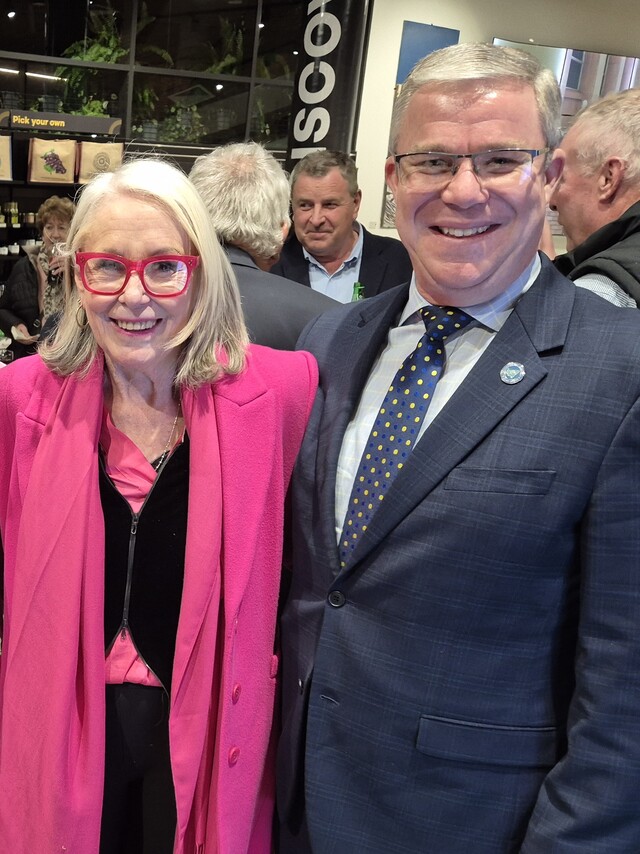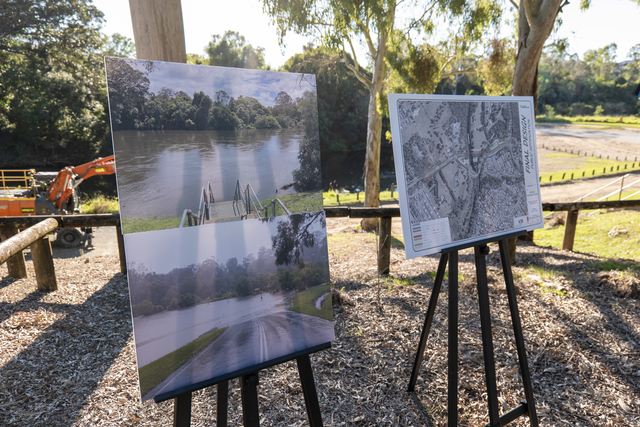Hume City Council staff have recently developed a Spatial Roads and Pavements Asset Management Application that streamlines the collection and processing of asset information.
Located on the urban rural fringe
20 kilometres northwest of the Melbourne CBD, Hume City Council manages most of the assets and facilities within its
34.4 square kilometres of road reserves.
Prior to the inhouse application, management processes of assets in road reserves comprised numerous spreadsheets and individual desktop applications that accessed data from either independent or server based sources.
Development of the new system has aided the creation of a central data inventory of assets, as well as a whole host of spatial features and tools of related technologies. This allows all management and maintenance of assets within road reserves to be handled from the spatial location and viewed graphically. It also makes it possible for Council staff to collect field data and process maintenance work orders with the aid of GPS, before transmitting the collected data back to a server in the office.
Using this process as the primary asset management tool provides benefits such as:
- streamlined CAD based data and
attribute capture processes - network centric and simplified intranet
based interface - easy linkages to GPS field data
collection processes - immediate view of location and access to all other map layers
- themed asset category and conditions
map layers - maintenance priorities displayed as
map layers - locations of assets easily identified
- efficient and easy database maintenance
processes.
Council’s GIS Administrator, Recep Alakus, said GPS and wireless technology allow the field crew to continuously transmit data back to the office and receive work orders spatially as necessary.
“Additionally, field teams are able to synchronise and download the base data that has been created back in the office onto a tablet PC installed in their vehicles,” he said. “Most of these processes were developed to manage Council’s assets in a timely and efficient manner as well as to deal with day to day amenity issues and address and repair them as they occur.
“It is a generally accepted principle that
if the assets are maintained in a timely, efficient and proactive manner there is greater chance of increasing the lifespan of assets.
“This project is expected to reduce the cost of maintenance and increase useful life of assets.”
The project was recently recognised at the 5th Annual Victorian Spatial Excellence Awards. Council won the Spatially Enabling Government category for the Managing Assets Spatially and Graphically project, ahead of four other contenders in its category.







